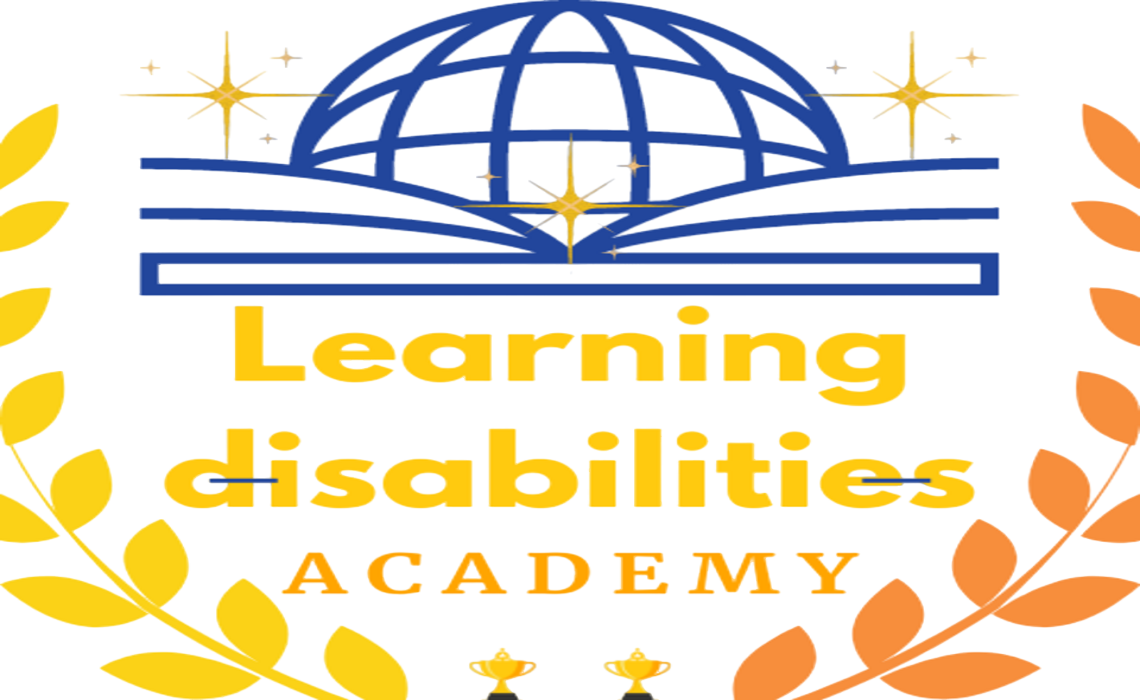Navigating the Landscape: Learning Disabilities in America
Learning disabilities (LDs) are a complex tapestry woven into the educational landscape of America. Affecting millions of children and adults, LDs present challenges in areas like reading, writing, math, and essential cognitive skills. Understanding this landscape – its scope, diagnosis, support systems, and ongoing struggles – is crucial for creating a more inclusive learning environment for all.
The Prevalence of Learning Disabilities
Statistics paint a sobering picture. The National Center for Learning Disabilities (NCLD) estimates that one in ten individuals in the United States has a learning disability. This translates to roughly 40 million people grappling with challenges that can manifest in diverse ways. Some may struggle with reading fluency, while others might battle written expression, math calculations, or issues with focus and memory.
The key takeaway? LDs are not a reflection of intelligence. Individuals with LDs often possess strong cognitive abilities in other areas. Think of the brain as a symphony orchestra – some instruments might be a bit out of tune, but the overall potential for beautiful music remains.
Diagnosis and Support Systems: Charting a Course
Early identification and intervention are the cornerstones of support for individuals with LDs. However, the path to diagnosis can vary. Typically, it involves evaluations by qualified professionals like psychologists, educational diagnosticians, or specialists in specific areas like reading or math. These assessments delve into an individual's strengths and weaknesses, forming the foundation for individualized support plans.
For school-aged children, an Individualized Education Program (IEP) becomes their roadmap. This plan outlines accommodations and support services tailored to their specific needs. Maybe it's providing audiobooks for struggling readers or offering graphic organizers for students who benefit from visual cues. For adults in post-secondary settings, a similar document called a 504 Plan can offer support in areas like extended time on tests or note-taking assistance.
The Roadblocks and Challenges:
Despite the existence of support systems, individuals with LDs often face significant challenges. Stigma remains a persistent enemy. The misconception that LDs equal a lack of intelligence can lead to feelings of isolation and frustration. Furthermore, access to educational resources and support services can be unevenly distributed across the country. Some schools might boast robust programs with well-trained staff, while others struggle to provide even basic accommodations.
A Glimmer of Hope: Technology and Success Stories
However, there's also reason for optimism. Increased awareness and advocacy efforts are leading to more inclusive learning environments. Schools are embracing a multi-pronged approach, incorporating professional development programs for educators to better identify and support students with LDs. Technology is playing a growing role, offering a treasure trove of personalized learning tools and strategies. From text-to-speech software to mind-mapping applications, technology is empowering individuals with LDs to learn in ways that work best for them.
Perhaps the most inspiring aspect of this journey is the growing number of successful individuals with LDs. From entrepreneurs to artists and scientists, they are shattering stereotypes and demonstrating the vast range of achievements possible. Think of actor Tom Cruise, who has dyslexia, or singer-songwriter Cheryl Burke, who battles ADHD. Their stories offer hope and inspiration to countless others facing similar challenges.
Looking Forward: Building an Inclusive Future
The future for learning disabilities in America hinges on a multi-faceted approach. Continued research is vital to deepen our understanding of these neurodevelopmental disorders. Investing in professional development equips educators to better recognize and support students with LDs. Fostering inclusion and celebrating diversity in learning styles is key to creating a society where everyone can thrive.
Call to Action:
Learning disabilities are not a disability, but a different ability. By raising awareness, advocating for robust support systems, and celebrating the unique strengths of individuals with LDs, we can create a more inclusive learning environment for all. Let's break down the walls of stigma, embrace diverse learning styles, and empower individuals with LDs to reach their full potential.
Together, we can rewrite the narrative of learning disabilities in America.
Additional Resources:
- National Center for Learning Disabilities: https://www.ncld.org/
- Understood.org: https://www.understood.org/
- The Learning Disabilities Association of America: https://ldaamerica.org/



Post a Comment